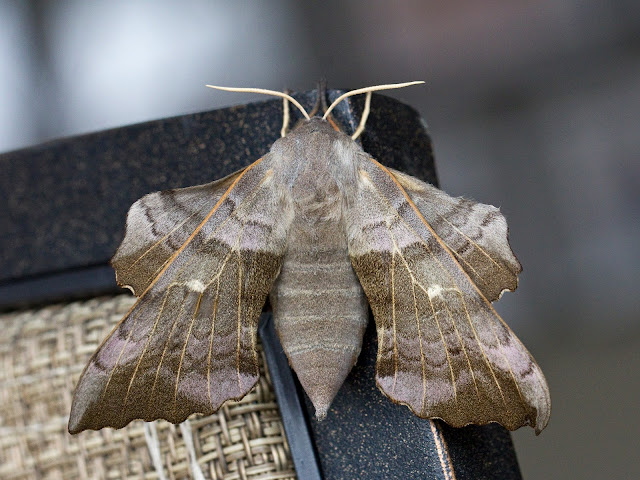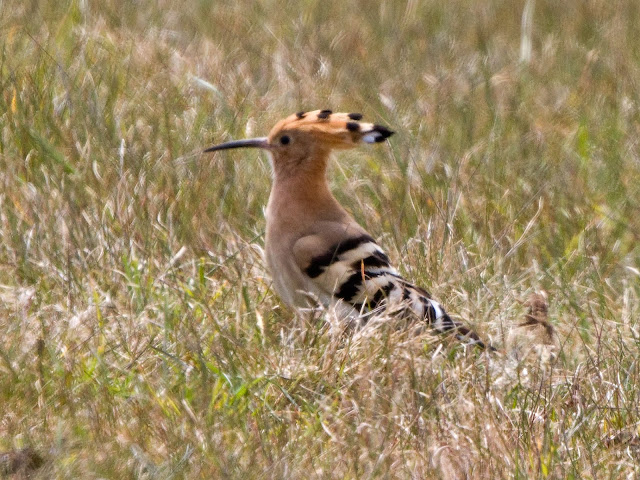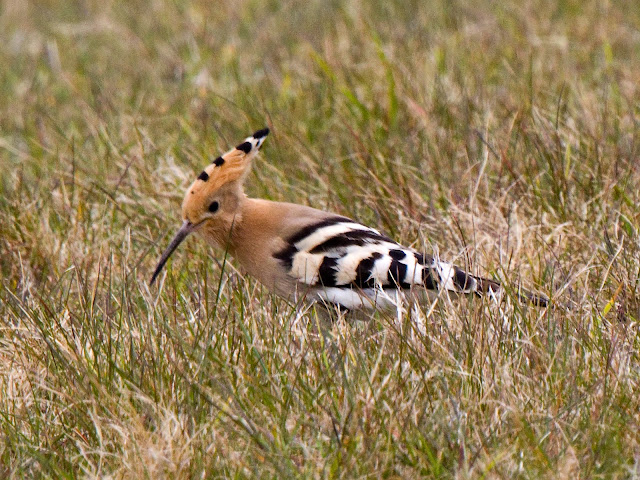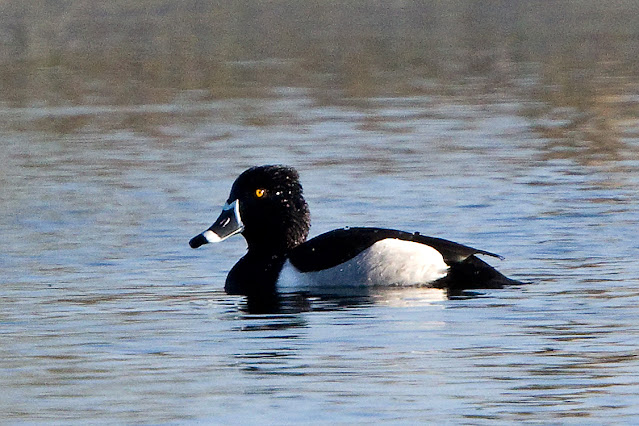The butterfly season rolls on and next on the list is the Duke of Burgundy. A beautiful little butterfly and probably the easiest species in Britain to photograph providing you know where to find them.
The go to place around where we live is Kithurst Meadow. It is easy to get to, there are lots of Dukes there and they are easy to find. However, it gets a bit crowded and it's not much of a challenge so Dave and I decided to visit one of our old haunts Heyshott Down. A lovely location but it is further to drive, it's probably a two mile walk in, and you have to search a large area on a forty five degree slope.
The walk in is ok but we are both getting older and the forty five degree slope really takes it out on your knees. Particularly as we couldn't find any Dukes and ended up spending a couple of hours going up and down it.
It was colder than we had expected and there was a strong swirling wind but it was still a disappointment. The consolation prize was Dave spotting a micro moth during the walk out. We think it is the Green Longhorn Fairy Moth - Adela reaumurella
 |
| Green Longhorn Fairy Moth - Adela reaumurella |
The next day I took the easy option and visited Kithurst. The Duke is quite a lazy butterfly, it doesn't get active until about eleven and it goes to roost at before four in the afternoon.
I missed the crowd by going mid afternoon but the number of butterflies had reduced from a reported twenty five plus to just four or five. No problem though, five was enough to keep me busy
 |
| Duke of Burgundy |
Great to see the Dukes once again but I have since learnt that Heyshott is no longer a good place to look for them. There seems to be problems with the scrub clearance there and the population is in decline.
Other butterflies seen at Kithurst included Brimstone, Red Admiral, Grizzled Skipper, Dingy skipper, Orange tip, Common Blue, Whites and Brown Argos, together with a couple of moths Pyrausta aurata the Mint Moth and Diaphora mendica the Muslin Moth. Pictures of a couple of them below. Unfortunately I did not manage to see the Small Blue as seen by a few the people there.
 |
| Common Blue |
 |
| Common Blue Female |
 |
| Dingy Skipper |
Whilst I was at Kithurst Neil Hulme kindly pointed out the nest of a Mason Bee. It was a good tip and whilst photographing the Dukes close by I had some good views of the bees in action. See the next blog for details.

































